Disclosure: This article contains affiliate links. We may earn a commission from purchases at no extra cost to you, which helps our travel content.
Gonaïves isn't exactly on the typical tourist trail, and that's grand by me. This city - the cradle of Haitian independence - has a raw, unfiltered energy that reminds me of the industrial estates back in Limerick, minus the lashing rain. After spending a week here sorting the electrical systems for a new business development (a decent gig that paid for this adventure), I've cracked the code on how to navigate this complex city without breaking the bank. Fair warning: if you're after luxury shuttle services and air-conditioned tour buses, you're reading the wrong blog. But if you're a business traveler needing to get around on a sensible budget while keeping your wits about you, I'll show you how to move through Gonaïves like a local - or at least, like an Irish lad who's figured out enough Creole to not get completely fleeced.
Understanding Gonaïves' Transportation Landscape
Gonaïves sits about 150km north of Port-au-Prince, and while it's Haiti's fourth-largest city, the transportation infrastructure here would make a Dublin city planner have a nervous breakdown. There are no official bus schedules, no neat little transit maps, and definitely no Uber. The city operates on what I'd call 'organized chaos' – a system that somehow works despite looking completely mental to outsiders.
The roads themselves deserve a mention. After the devastating floods in 2004 and 2008, many streets remain in bits. During my winter visit, the dry season meant less mud but more dust. The main thoroughfares are grand enough, but venture into the neighborhoods where actual business happens, and you're navigating streets that would rattle your fillings loose.
What struck me most was how the electrical grid interacts with transportation here. As an electrician, I couldn't help but notice the creative wiring solutions above the busy streets – tangles that would give any European inspector heart palpitations. These makeshift power lines sometimes hang perilously low, something to be mindful of if you're on top of a tap-tap or riding a tall vehicle.
The city layout is fairly straightforward once you grasp it – radiating outward from the central Place d'Independence. This square is your North Star when getting your bearings. Most business activities happen within a 2km radius of this center, with the port area to the northwest being another hub of commercial activity.
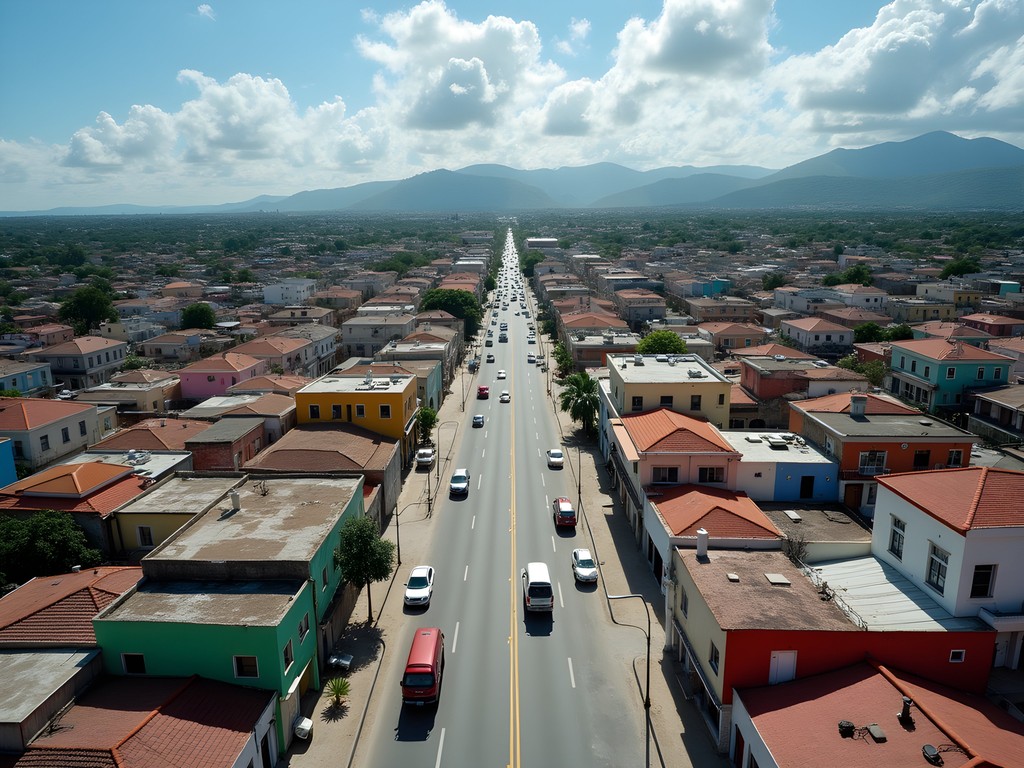
💡 Pro Tips
- Learn the phrase 'Kombyen li koute?' (How much does it cost?) and negotiate before getting in any vehicle
- Take a photo of your hotel/guesthouse to show drivers if your pronunciation isn't confident
- The central Place d'Independence is the main reference point for navigating the city
Tap-Taps: Haiti's Iconic Public Transport
If there's one mode of transport that captures Haiti's spirit, it's the tap-tap. These repurposed pickup trucks and minibuses aren't just vehicles – they're moving art installations, each one painted in vibrant colors with religious slogans, portraits of saints, or philosophical musings that would make my old man's opera programs look understated.
During my week in Gonaïves, tap-taps became my go-to for longer journeys across town. The system works like this: each tap-tap follows a loosely defined route, with passengers hopping on and off as needed. You signal your stop by literally tapping on the roof or side (hence the name) – a system that's brilliantly simple once you get the hang of it.
The fare typically ranges from 10-25 gourdes (about 10-25 cents USD) depending on distance. Always carry small bills and coins – no one appreciates breaking large notes for a tap-tap ride. I learned this the hard way and got some fierce looks from a driver when I tried to pay with a 500 gourde note my second day.
For business travelers, tap-taps offer an economical option for daily commutes, though be prepared for a few challenges. They don't run on schedules, so timing can be unpredictable. During peak hours (7-9am and 4-6pm), they're packed tighter than a Dublin pub on match day. If you're carrying valuable equipment, like I was with my tool backpack, you'll want to keep it on your lap or between your feet.
The true advantage of tap-taps isn't just the cost – it's the cultural immersion. Some of my best conversations happened while squeezed between locals on these colorful chariots, learning about everything from Haitian politics to recommendations for the best street food near my worksite.

💡 Pro Tips
- Hold your belongings securely - pickpocketing can happen in crowded tap-taps
- Learn the hand signals locals use to indicate different destinations to drivers
- For business meetings where timing is critical, consider scheduling extra travel time or alternative transport
Moto-Taxis: The Business Traveler's Best Friend
When you're racing between meetings or need to reach places where tap-taps don't venture, moto-taxis (motorcycle taxis) are your saving grace in Gonaïves. These nimble two-wheelers zip through traffic like Dublin cyclists after a close call, getting you to your destination in half the time of other options.
During my stint rewiring that new business complex on Rue Louverture, I relied heavily on moto-taxis for my morning commute. The going rate was about 50-100 gourdes (0.50-1 USD) for short trips within the city center, though prices climb for longer journeys or after dark. Unlike tap-taps, everything here is negotiable, and having the chat with drivers before mounting up saved me from tourist pricing.
Safety-wise, it's a bit of a gamble. Helmets aren't common, and if offered one, it might be more decorative than protective. After seeing the state of some electrical installations around town, I wasn't about to trust my skull to unknown safety standards. I brought my own foldable helmet which packs down small enough to fit in my day bag – earned me some strange looks but kept my mother from worrying herself sick when I sent photos home.
For business travelers, moto-taxis offer unmatched flexibility. Need to visit three suppliers across town in one afternoon? No bother. Want to check out a potential business location in a hurry? A moto-taxi will get you there while your competitors are still figuring out the tap-tap routes.
A word of caution though – the driving style here would make a Cork taxi driver look cautious. Drivers weave through traffic with millimeters to spare, and the concept of lanes is more suggestion than rule. If you're not comfortable with this level of excitement, you might want to consider alternatives. That said, I never once felt my driver wasn't in complete control, even when my knuckles were white from gripping the seat.
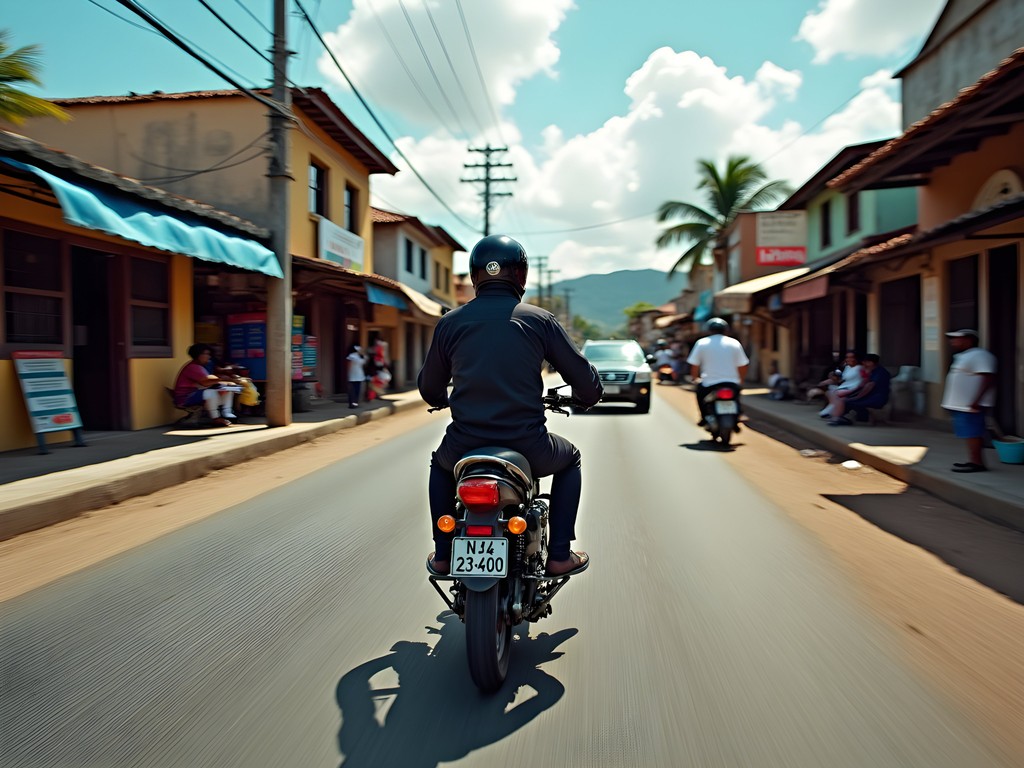
💡 Pro Tips
- Always negotiate the price before getting on a moto-taxi
- Consider bringing your own foldable helmet if you plan to use moto-taxis frequently
- Find a reliable driver and save their number - having a trusted contact for transportation is invaluable for business travelers
Car Rentals and Private Drivers: When Business Demands Reliability
There are times when the business hat needs to go on proper, and you can't be showing up to meetings with dust-covered trousers or sweat-soaked shirts. For these occasions, private transportation in Gonaïves becomes essential, though it operates differently than what you might expect.
Traditional car rental agencies like you'd find at Shannon Airport don't exist here. Instead, arranging a private car means either hiring a local driver with their vehicle (typically 40-60 USD per day) or making arrangements through your accommodation. During my stay at a modest guesthouse near the city center, the owner's cousin became my occasional chauffeur when I needed to transport sensitive electrical equipment or meet with government officials.
The advantages are obvious – comfort, privacy for business calls, and the ability to store equipment safely. I used this option when transporting my electrical testing kit which I wasn't keen on bouncing around on the back of a moto-taxi.
The cost is the main drawback, being significantly higher than public options. However, when you factor in the reliability and time saved, it often makes business sense. My strategy was to cluster important meetings on the same day to maximize the value from a private driver.
One unexpected benefit was the local knowledge these drivers provide. My regular driver, Jean, knew exactly which roads to avoid after heavy rain (a crucial bit of intel during winter season, despite it being the dry period) and had connections everywhere. When I needed to source some specialized circuit breakers not available at the main supply store, Jean knew exactly which warehouse on the outskirts had them in stock.
For traveling between cities, such as from Port-au-Prince to Gonaïves, private transportation offers significant advantages in terms of safety and comfort. The journey takes about 2.5-3 hours depending on road conditions, and having a reliable driver who knows the security situation along the route is invaluable.
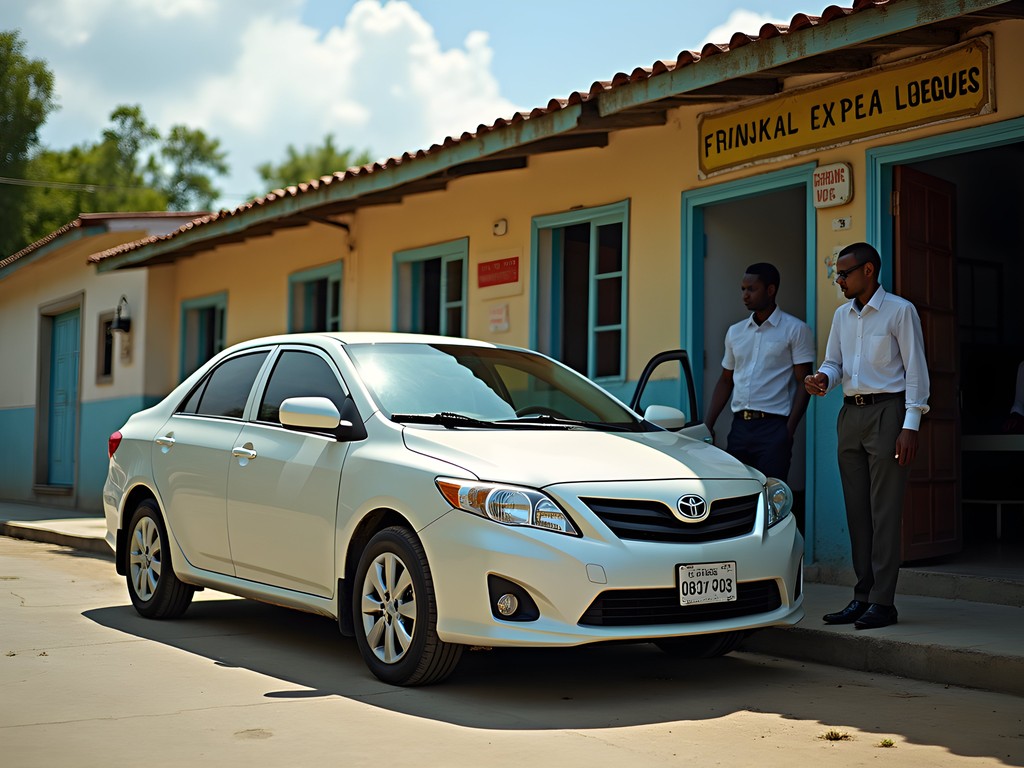
💡 Pro Tips
- Ask your accommodation for driver recommendations rather than trying to find services online
- Negotiate a daily rate rather than individual trips if you'll need multiple stops
- Share the cost with other business travelers if possible - ask at business-oriented guesthouses about ride-sharing
Safety Considerations for Business Travelers
Let's have a straight talk about safety in Gonaïves, without the sugar-coating or fear-mongering. Haiti faces significant challenges, and understanding the security landscape is crucial, especially when you're there for business rather than just passing through.
First off, the political situation can change rapidly. During my week there, tensions were relatively calm, but protests can flare up with little warning. This directly impacts transportation – roadblocks can appear overnight, and certain areas may suddenly become inaccessible. I made it a habit to check in with local staff each morning about the day's situation before planning my routes.
After dark, the transportation equation changes dramatically. Tap-taps become scarce, and even moto-taxis may be reluctant to travel to certain neighborhoods. As a visible foreigner with an accent that screams 'not from around here,' I avoided night travel except when absolutely necessary. When I did need to travel after sunset, I used drivers recommended by my guesthouse or business contacts rather than flagging down unknown vehicles.
Carrying valuables requires strategy. I invested in a hidden money belt that tucked under my shirt for cash and important documents, while keeping a small 'decoy' wallet with just enough money for the day's transportation. My phone stayed in a front pocket, never flashed around unnecessarily.
The most valuable safety tool, though, was building relationships. After using the same tap-tap route for a few days, drivers recognized me and would sometimes warn me about areas to avoid. The owner of a small café near my worksite kept an eye on my tools when I stepped away. These connections provided a safety net that no guidebook could offer.
For women business travelers, the considerations multiply. My female colleague who joined for the second half of the project faced additional challenges, including unwanted attention. She found having a local contact accompany her when using public transportation made a significant difference in her experience.
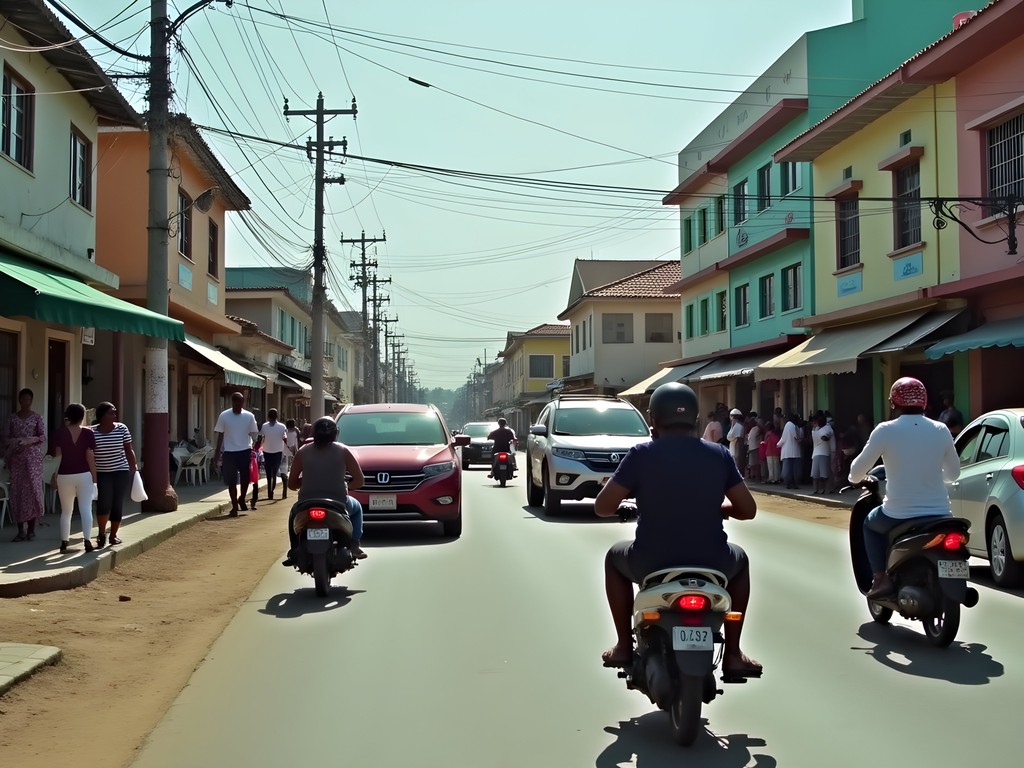
💡 Pro Tips
- Register with your embassy before traveling to Haiti
- Avoid displaying expensive equipment or electronics when using public transportation
- Have a communication plan that doesn't rely solely on internet access - mobile networks are more reliable than WiFi in many areas
Getting Around the Port and Industrial Areas
The port area of Gonaïves presents unique transportation challenges for business travelers, especially those involved in import/export or manufacturing sectors. Located about 3km northwest of the city center, the industrial zone operates by its own rhythms, distinct from the rest of town.
During my time rewiring a warehouse near the port, I quickly learned that timing is everything. The roads connecting the city center to the port become congested with trucks and cargo vehicles between 10am-2pm. If you're heading there for business meetings, either go early (before 9am) or later in the afternoon to avoid the worst of it.
Tap-taps do service the port area, but they run less frequently than city center routes. Look for vehicles with 'PÒ' or 'PORT' painted on their sides. The fare runs slightly higher than in-town routes, typically 25-30 gourdes. For regular commuting to the port, I found it worthwhile to scout the tap-tap stops near my guesthouse and learn their rough schedule patterns.
Moto-taxis remain the most flexible option, though the longer distance means higher fares (expect 100-150 gourdes from city center). The advantage is they can navigate around traffic jams that regularly form at the port entrance.
What surprised me most about the industrial area was the informal transportation networks that exist specifically for workers. Larger businesses sometimes operate their own shuttle services for employees, and if you're contracting with these companies, you might be able to arrange access to these services – a much more comfortable option than public transportation.
As an electrician, I was constantly carrying tools and testing equipment. For these port runs, I relied heavily on my waterproof tool bag which kept everything organized and protected from the dust and occasional rain. The waterproof bottom proved essential one morning when a sudden shower flooded the back of the tap-tap I was riding in.
One final note about port area transportation – security checks are common. Have your identification and business documentation easily accessible, as vehicles are frequently stopped at checkpoints, especially those entering or leaving the port zone. These checks intensified in the afternoons, adding another reason to plan port visits for morning hours when possible.

💡 Pro Tips
- For regular port visits, consider arranging shared transportation with other contractors working in the area
- Learn the specific names locals use for different sections of the port area - 'port' is too general for drivers to know exactly where you need to go
- Carry business cards or documentation from the company you're visiting - this can help smooth passage through security checkpoints
Final Thoughts
Navigating Gonaïves isn't just about getting from point A to B – it's about adapting to a transportation ecosystem that reflects the resilience and resourcefulness of Haiti itself. As a working electrician accustomed to problem-solving on the fly, I found a strange comfort in the organized chaos of the city's transport network. There's something refreshingly honest about a system that makes no pretenses about luxury but gets the job done regardless.
For business travelers, especially those from more structured environments, the key is flexibility. Your meetings might run on Western schedules, but the transportation rarely will. Build buffer time into your itinerary, develop relationships with reliable drivers, and embrace the unexpected detours – they often lead to the connections that make business in Haiti possible.
When I think back on my week rewiring Gonaïves, some of my most valuable insights came not in meeting rooms but during tap-tap rides and moto-taxi journeys, listening to locals discuss everything from infrastructure challenges to business opportunities. That's the real currency of travel here – not just movement, but connection.
✨ Key Takeaways
- Tap-taps provide the most economical transportation but require flexibility with timing
- Moto-taxis offer the best balance of cost and efficiency for business travelers
- Security considerations should guide transportation choices, especially after dark
- Building relationships with regular drivers creates both safety and business networking opportunities
📋 Practical Information
Best Time to Visit
November-March (dry season)
Budget Estimate
$30-50/day for transportation
Recommended Duration
Minimum 5 business days
Difficulty Level
Challenging

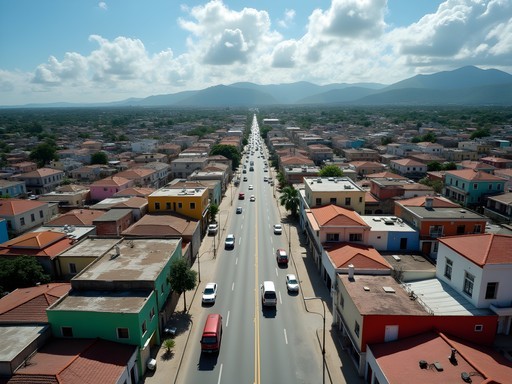

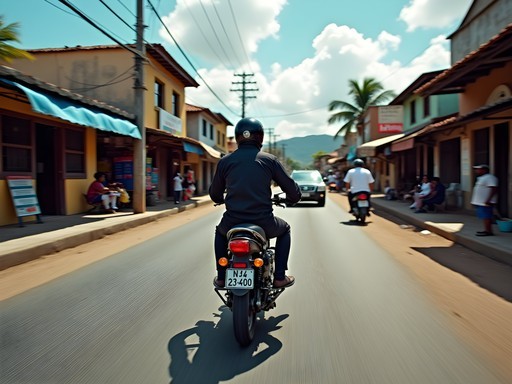
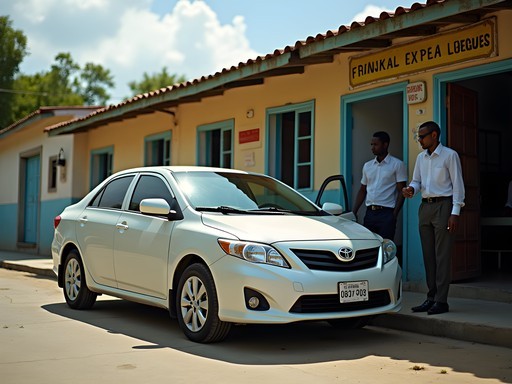
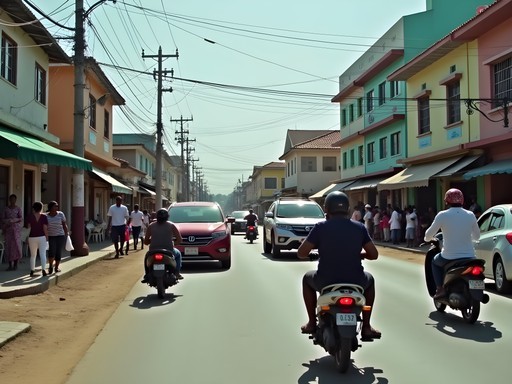



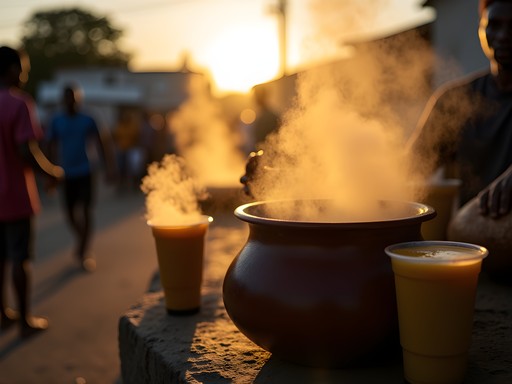







Comments
freerider
Quinn, thanks for highlighting the independence history of Gonaïves! I visited last year and found that mentioning the city's historical importance was a great conversation starter with locals. One tip for others: I found that tap-taps running early morning (6-8am) were less crowded and drivers more willing to explain routes to confused tourists like me. Also, keep some small USD bills handy - while gourdes are preferred, many drivers will accept dollars in a pinch.
Hayden Butler
Quinn, your post brings back memories of my visit to Gonaïves last year! While I typically prefer more luxurious travel options, there's something undeniably authentic about experiencing a place through its local transportation. I reluctantly tried the tap-taps after my private driver fell ill, and it became one of my most cherished Haiti memories. An elderly woman shared her mangoes with me while explaining the city's history in broken English and Creole. That said, for business meetings, I relied on Jean-Pierre, a fantastic private driver I met through Hotel Royal Gonaïves who knew every shortcut in the city and waited patiently during my meetings. I used my portable translator constantly - absolute necessity if you don't speak Creole and want to have meaningful conversations with locals.
triplover
That translator sounds useful! Is it better than just using Google Translate?
Hayden Butler
@triplover Much better for Haiti specifically! Works offline and handles Haitian Creole well, which Google Translate struggles with. The speaker is loud enough for noisy tap-taps too!
globeking
Just got back from Haiti last month and your guide would've been so helpful! Those tap-taps are something else - like moving art galleries. I ended up using a mix of moto-taxis and a private driver I found through my hotel. One tip for others: I downloaded maps.me with Haiti offline maps before going and it was a lifesaver when trying to explain destinations to drivers. Cell service was spotty at best. Definitely bring a good power bank too as power outages are common.
luckyphotographer
Great post! I'm a photographer heading to Haiti next month. Are tap-taps good for carrying camera equipment or should I stick to private drivers?
Quinn Barnes
For valuable camera gear, I'd definitely recommend a private driver. The tap-taps can get quite crowded and bumpy. If you need a reliable driver contact, shoot me a DM!
Adam Nichols
Quinn, this is exactly the type of unfiltered transportation guide that's missing from most mainstream travel resources. I spent three weeks in Haiti last year documenting transportation networks, and your assessment of Gonaïves' tap-tap system is spot-on. One thing I'd add for business travelers is to always negotiate moto-taxi prices BEFORE getting on - I found prices could vary by 300% depending on time of day and perceived tourist status. Also worth noting that the tap-tap routes have informal 'hubs' that aren't marked on any maps. I ended up creating my own mental map after a few days. Did you find any reliable apps that worked for navigation while there?
freerider
Adam, did you feel safe using the moto-taxis? I'm planning a trip and wondering if they're reliable for someone who doesn't speak Creole well.
Adam Nichols
@freerider Generally yes, but always get a recommendation from your accommodation if possible. I kept a few trusted drivers' numbers in my phone. Basic Creole phrases help, but many drivers understand some English or Spanish. Carry small bills for exact change.
triplover
Wow, definitely not your typical tourist spot! Those tap-taps look amazing though.
historybuff42
Really appreciate this practical guide. The historical context about Gonaïves being the independence city adds another layer to the transportation story. When I visited in 2023, I found that knowing a few Haitian Creole phrases helped tremendously when negotiating tap-tap fares. Would definitely recommend learning basics like numbers and directions before going.
Quinn Barnes
Great point about the language! Even just a few phrases can make a huge difference in both prices and the overall experience.
beachblogger
Is it possible to get from Port-au-Prince to Gonaïves using public transportation? Or should I just hire a private driver for that journey?
traveltime
We did that route by shared van last month! There are regular departures from the main station in PAP. It's about 2-3 hours depending on traffic. Way cheaper than a private driver but definitely more cramped.
beachblogger
Thanks! Do you remember roughly how much it cost?
traveltime
I think we paid around 500 gourdes each (about $5 USD). Definitely negotiate a bit if they try to charge you more as a foreigner!
travelwithjosh
Those tap-tap photos are incredible! So colorful!
Sage Dixon
Quinn, you really captured the essence of Gonaïves transportation! I was there doing research for my Caribbean series last year and found the transportation situation fascinating. One tip I'd add for business travelers: I connected with a local driver named Jean who spoke excellent English and became my go-to for the entire week. Having that consistent driver who knows the area was invaluable when I needed to visit multiple sites in one day. The local knowledge these drivers have is worth every gourde! Also worth noting - cash is king, as most drivers don't accept cards. Small bills are especially appreciated.
Venture X
Premium card with 2X miles, $300 travel credit, Priority Pass